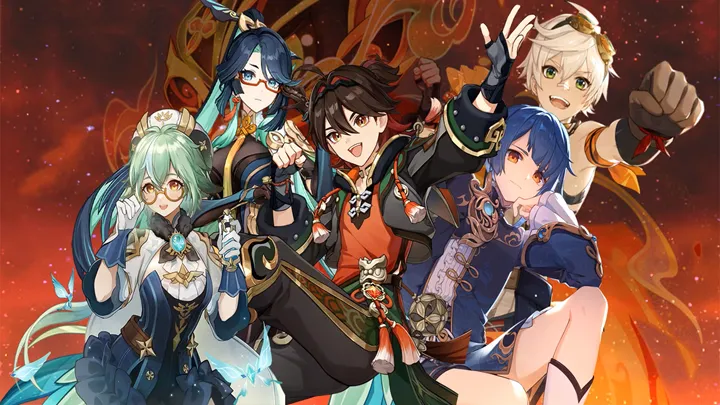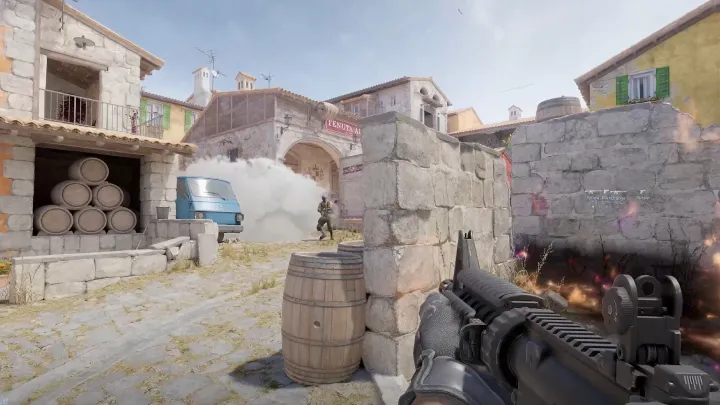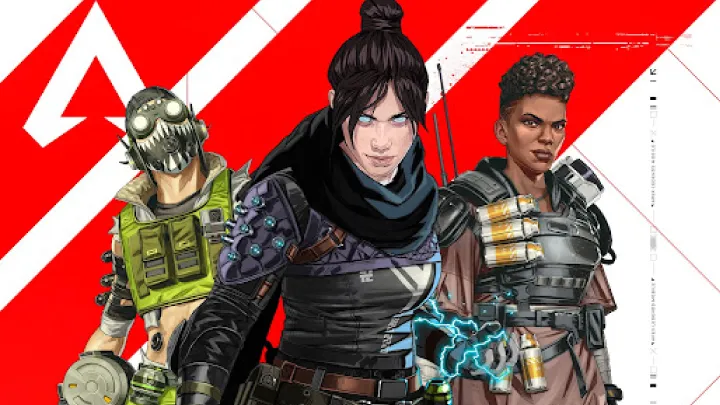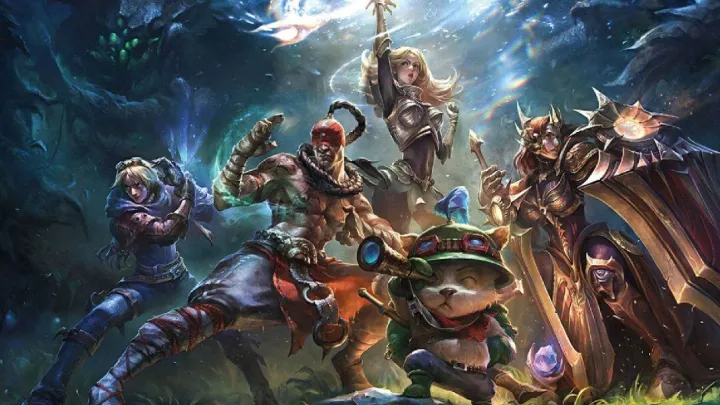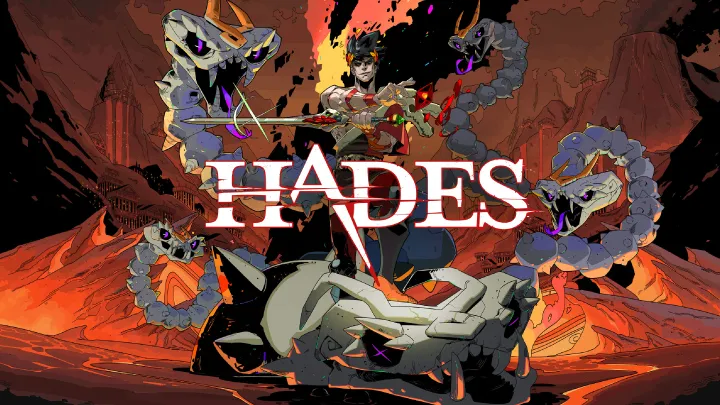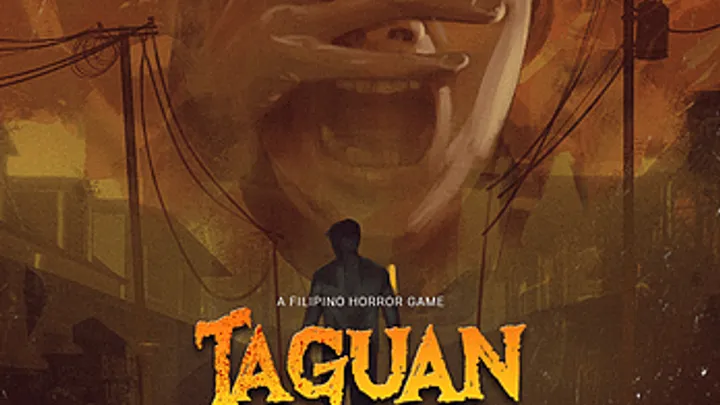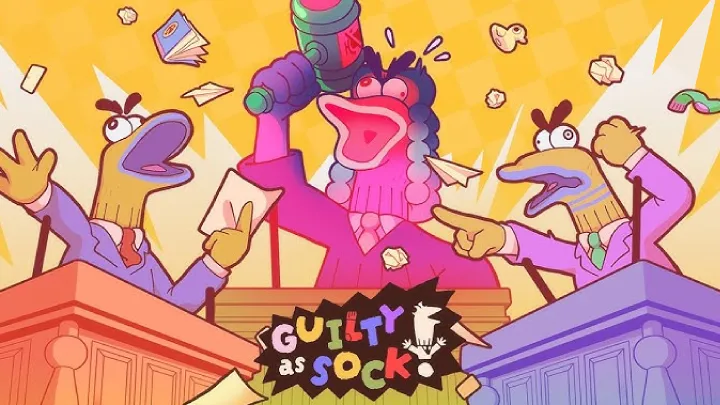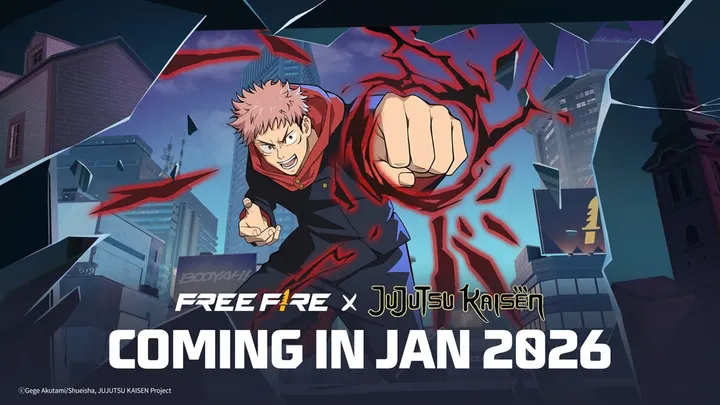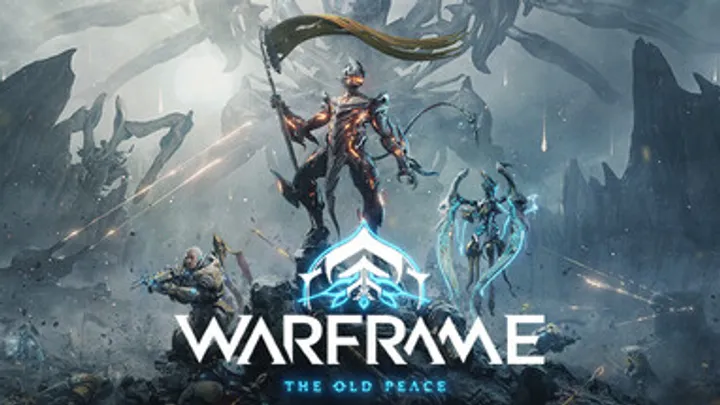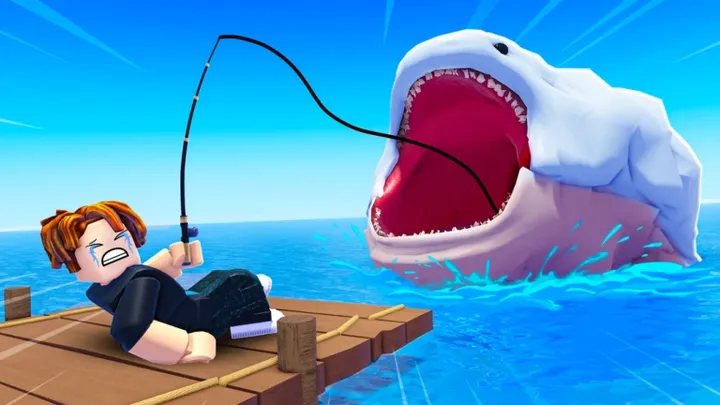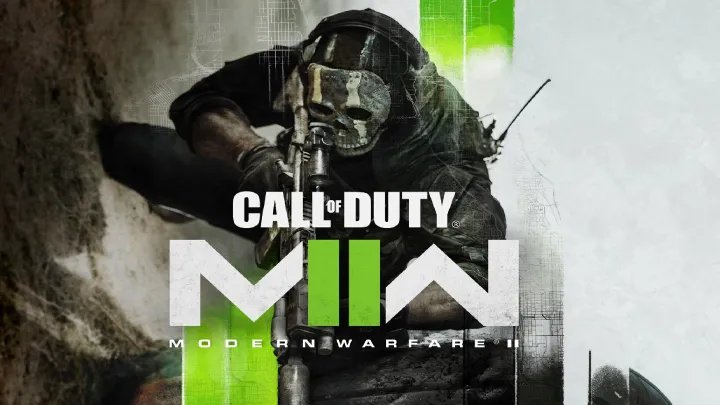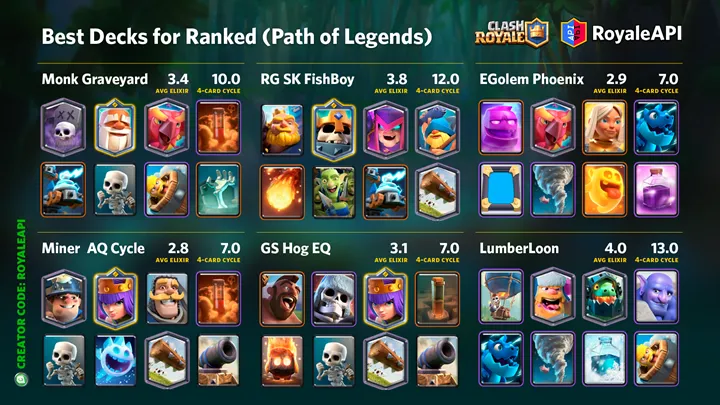
How to Play Clash Royale Effectively: Elixir Control, Deck Building, and Winning Strategy
Learn how to play Clash Royale effectively by mastering elixir management, building balanced decks, defending efficiently, and making smart decisions to win more battles and climb trophies consistently.
December 22, 2025
Genshin Impact Tips & Guides: Build Teams, Master Elements, and Progress Faster
Genshin Impact tips and guides covering elemental reactions, team building, character builds, rotations, resource management, and Abyss strategy. Learn how to progress efficiently and improve long-term account strength.
December 22, 2025
An In-Depth Analysis of Cheating in Counter-Strike 2
Counter-Strike 2 undermines competitive integrity, necessitating ongoing developer and community collaboration for effective solutions.
December 22, 2025
The Challenges of Character Balance in Apex Legends
Apex Legends is vital for maintaining diverse gameplay, requiring ongoing developer engagement and community input.
December 22, 2025
In-Depth Exploration of Toxicity in League of Legends
League of Legends requires collaboration and commitment to create a positive gaming environment for all players.
December 22, 2025
Editor Choice
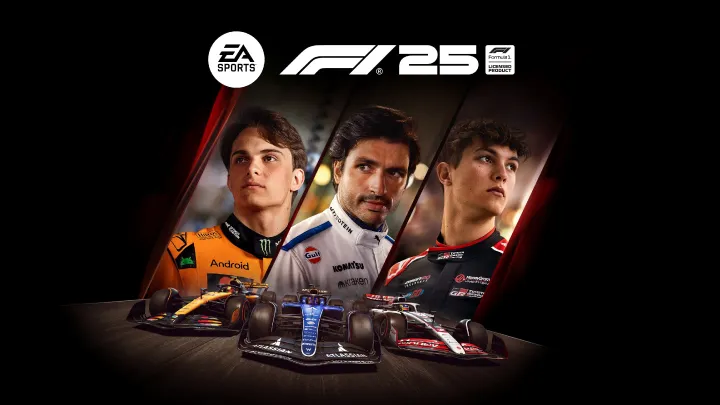
F1® 25
F1® 25 delivers a refined racing experience with enhanced handling and a compelling Braking Point story, building on the series’ strengths.
Hades
Hades delivers a thrilling roguelike adventure with its engaging combat and rich narrative, celebrating the escape from the Underworld.
Taguan
Taguan is a horror game developed by Murushii, available on itch.io. The game centers around David Lagani, an ordinary Filipino worker who faces escalating dread as a mysterious figure begins breaking into homes and making people disappear.
Guilty as Sock!
Guilty as Sock! delivers a hilarious party game experience with its absurd trials and cooperative chaos, celebrating a unique sock puppet twist.
Free Fire × Jujutsu Kaisen
The Free Fire × Jujutsu Kaisen collaboration brings together two massive franchises to create an engaging, exciting gameplay experience that appeals to both anime fans and gamers alike.
Most Popular
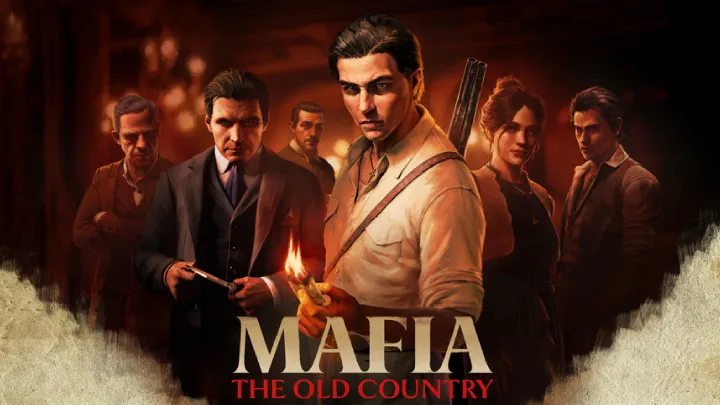
Mafia: The Old Country
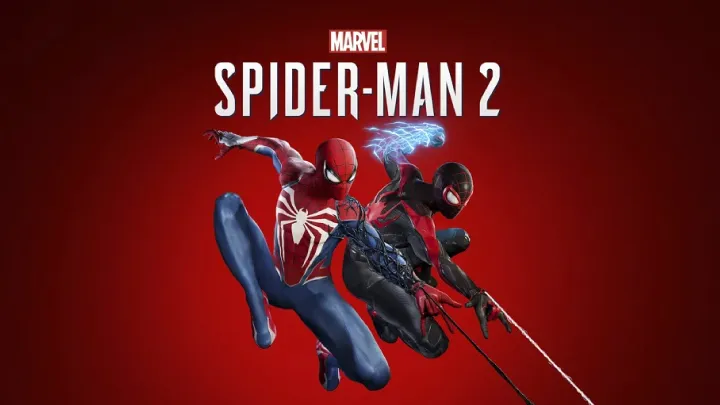
Marvel's Spider-Man 2
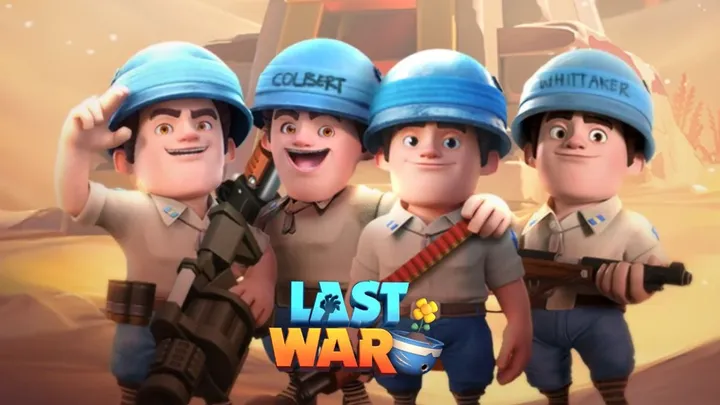
Last War: Survival
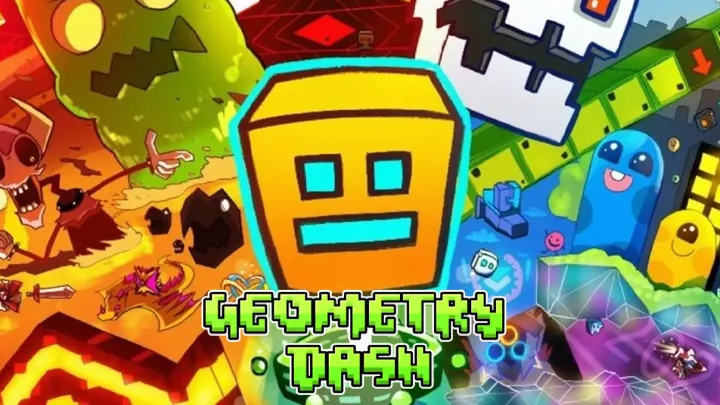
Geometry Dash
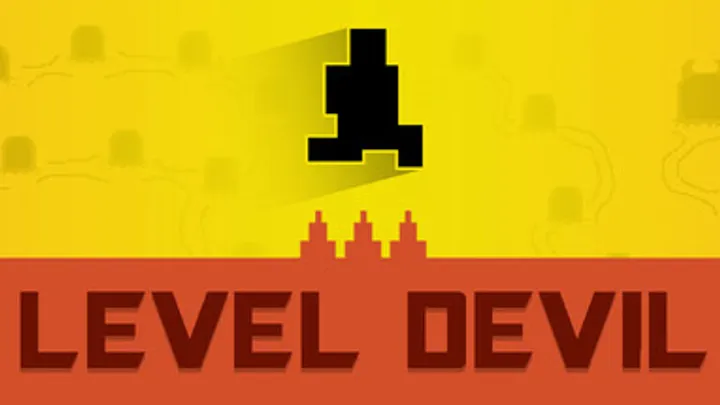
Level Devil
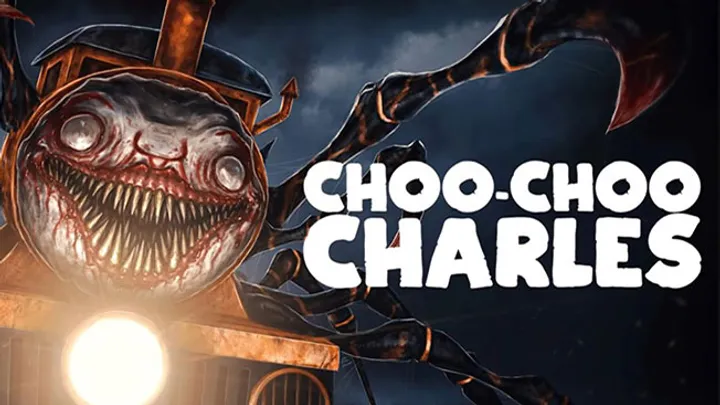
Choo-Choo Charles
News
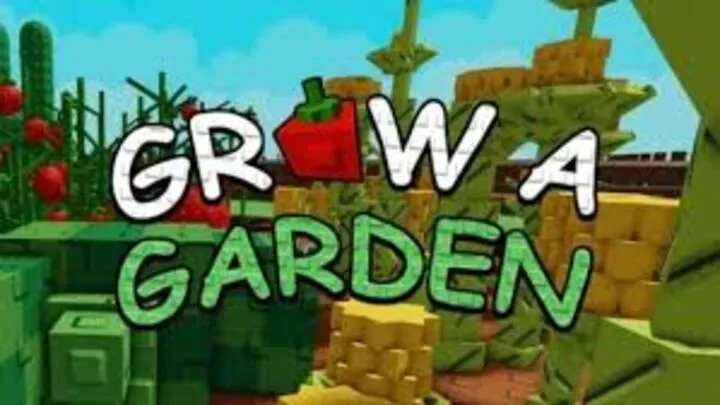
Grow a Garden Tips & Guide: How to Use Greenhouses Effectively for Year-Round Production
Learn how to use greenhouses in Grow a Garden to protect crops, optimize automation, and maintain consistent year-round production.
December 22, 2025
Lastest Reviews
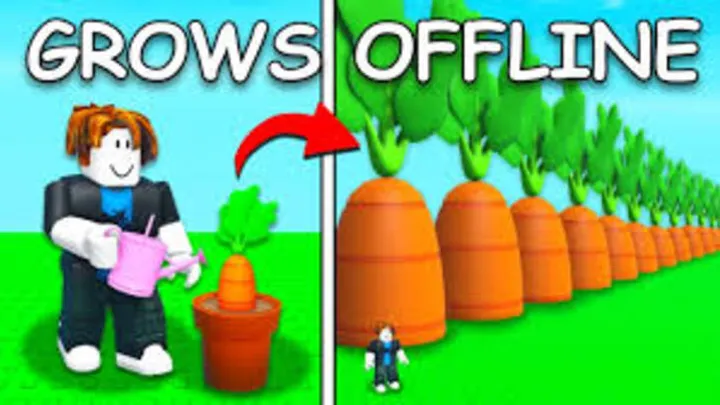
Grow a Garden Tips & Guide: How to Manage Seasons and Weather for Better Crop Performance
December 22, 2025
Read more
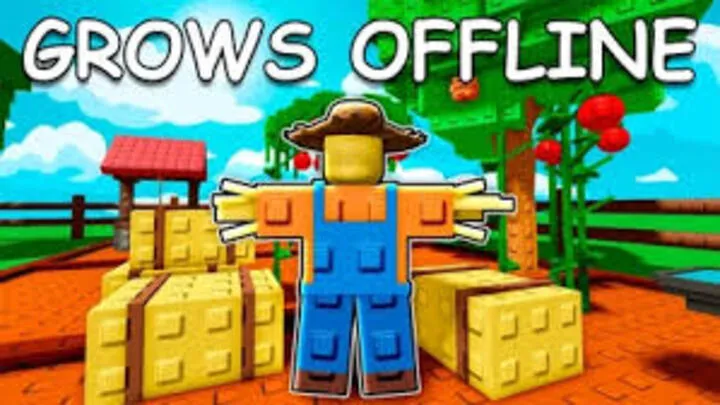
Grow a Garden Tips & Guide: Best Seeds to Invest in at Every Stage of the Game
December 22, 2025
Read more
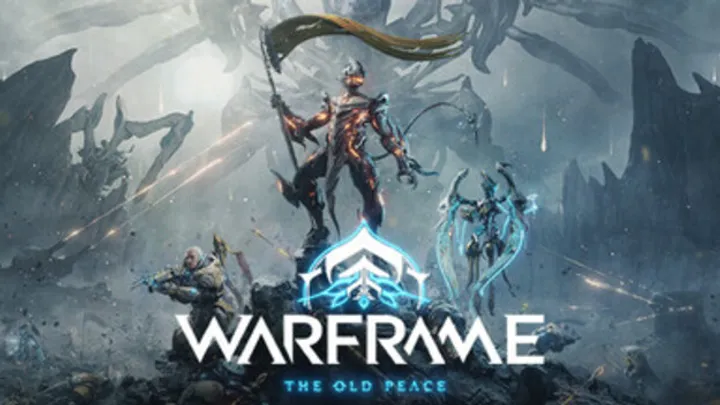
WARFRAME – DEEP TIPS AND GUIDES FOR SMART PROGRESSION AND ENDGAME CONTROL
December 22, 2025
Read more
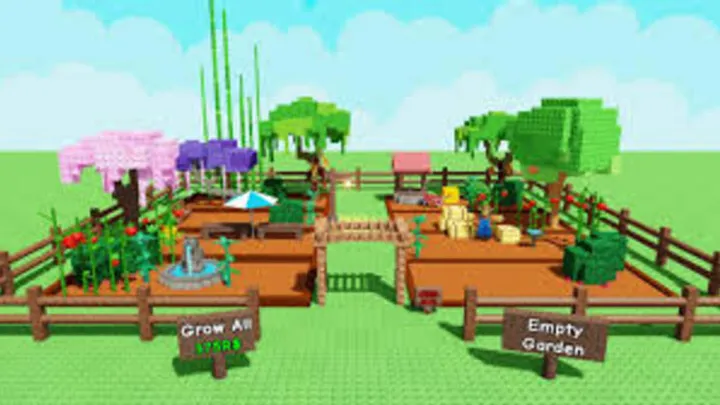
Grow a Garden Tips & Guide: How to Optimize Garden Layout for Maximum Efficiency
December 22, 2025
Read more
